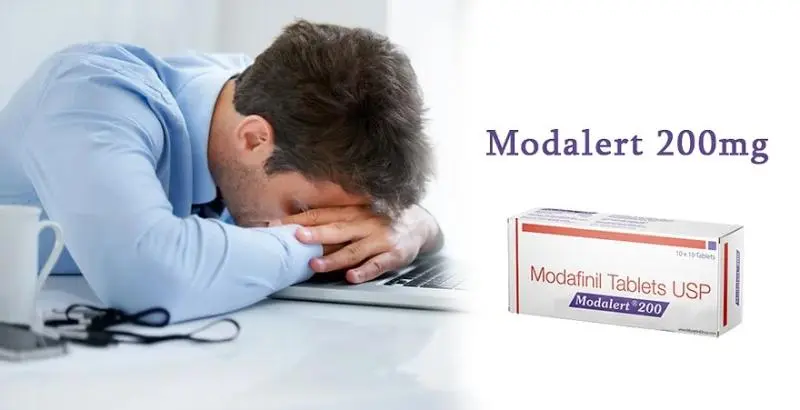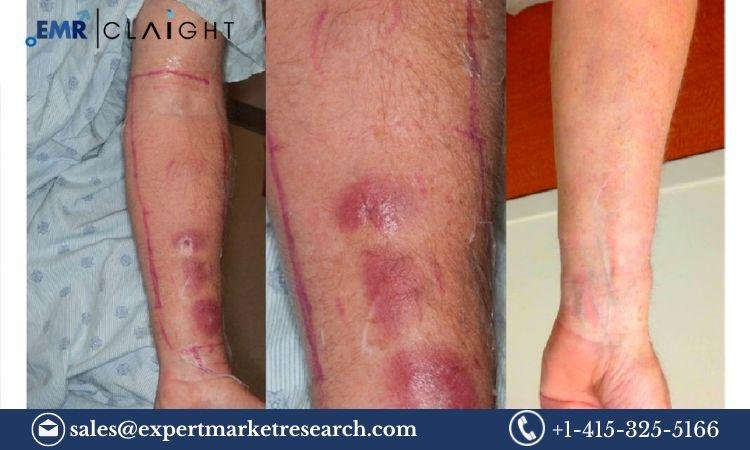How to Identify and Treat Nerve Pain

Nerve pain, also known as neuropathic pain, can be a challenging and debilitating condition that affects individuals in various ways. Understanding the root causes and symptoms of nerve pain is crucial in its diagnosis and treatment. This comprehensive guide explores the identification and management of nerve pain, discussing diagnostic tools, treatment options, lifestyle modifications, surgical interventions, alternative therapies, and preventive strategies to help individuals effectively navigate and alleviate the complexities of nerve pain.
Understanding Nerve Pain: Causes and Symptoms
Common Causes of Nerve Pain
Nerve pain can be as pesky as that one friend who always sends you game invites on social media. Common causes include conditions like diabetes, nerve compression from herniated discs (ouch!), and even just good ol’ aging.
Symptoms of Nerve Pain
Nerve pain brings as much drama as a reality TV show. Symptoms can include sharp or burning pain, tingling sensations (like your foot falling asleep at the worst time), and even muscle weakness. It’s like your nerves are on a rollercoaster ride.
Diagnostic Tools for Identifying Nerve Pain
Physical Examinations and Medical History
This is like when the detective in a crime show puts all the puzzle pieces together. Your doctor might ask about your symptoms, give you a physical exam, and dig into your medical history to figure out what’s causing your nerve pain.
Imaging Studies: X-rays, MRIs, and CT Scans
It’s like getting a sneak peek into your body’s inner workings. X-rays, MRIs, and CT scans can help your doctor see what’s going on with your nerves and pinpoint any issues causing your pain.
Nerve Conduction Studies and Electromyography (EMG)
These tests are like giving your nerves a little pop quiz. Nerve conduction studies and EMG can help measure how well your nerves are working and identify any areas where they might be misfiring.
Treatment Options for Nerve Pain: Medications and Therapies
Medications for Nerve Pain Relief
It’s like giving your nerves a calming cup of tea. Medications like pain relievers, antidepressants, and anticonvulsants can help ease nerve pain and put those unruly nerves in their place.
Physical Therapy and Occupational Therapy
Think of this as rehab for your nerves. Physical and occupational therapy can help strengthen your muscles, improve your range of motion, and teach you techniques to manage your nerve pain better.
Injections and Nerve Blocks
It’s like giving your nerves a little timeout. Injections and nerve blocks can deliver medication directly to the source of your pain, helping to numb those pesky nerve signals and provide relief.
Lifestyle Changes and Home Remedies for Managing Nerve Pain
Exercise and Stretching Techniques
Stretching is like yoga for your nerves. Regular exercise and stretching can help improve circulation, reduce nerve compression, and keep those nerves happy and healthy.
Dietary Modifications for Nerve Pain Management
You are what you eat, even your nerves. Eating a balanced diet rich in vitamins and minerals can help reduce inflammation, support nerve health, and keep your nerves in top shape.
Stress Management Techniques
Stress is like kryptonite for your nerves. Practicing relaxation techniques like deep breathing, meditation, or yoga can help reduce stress levels, calm your nerves, and improve your overall well-being.
Surgical Interventions for Severe Nerve Pain
So, you’ve got nerve pain that just won’t quit. Sometimes, surgery can be the light at the end of the tunnel. Let’s dig into the options.
Surgical Procedures to Alleviate Nerve Compression
When a nerve feels squished and starts throwing a tantrum, surgical procedures can swoop in to save the day. These procedures aim to relieve the pressure on the nerve, giving it some breathing room to chill out.
Nerve Decompression Surgery
Picture this: your nerve is like a crowded subway at rush hour. Nerve decompression surgery is like clearing out the platform so that nerve can stretch out its legs and relax. It involves freeing up the nerve from any entrapment or compression, allowing it to function smoothly.
Alternative and Complementary Approaches to Alleviating Nerve Pain
If needles or spine cracking make you curious, these alternative treatments might just tickle your fancy.
Acupuncture and Acupressure
Stick a few needles here and there, or apply some pressure on the right spots, and voilà – nerve pain be gone! Acupuncture and acupressure work on the belief that nudging specific points on the body can usher in that sweet relief from nerve pain.
Chiropractic Care for Nerve Pain
Imagine your spine as a garden hose, and chiropractic care as the gardener straightening out the twists and kinks. By adjusting the spine, chiropractors aim to release any pressure on the nerves, helping to ease that pesky nerve pain.
Preventive Strategies for Minimizing Recurrence of Nerve Pain
You’ve battled the pain once, don’t let it sneak back in for a rematch. Here’s how to keep that nerve pain at bay.
Post-treatment Care and Rehabilitation
Okay, you’ve had your treatment, but the journey isn’t over yet. Post-treatment care and rehabilitation can help you bounce back stronger, ensuring that nerve pain doesn’t make an unwelcome return.
Ergonomic Modifications to Prevent Nerve Pain
Say goodbye to awkward sitting postures and uncomfortable work setups. Making ergonomic tweaks to your environment can be a game-changer in preventing nerve pain. Think of it as creating a cozy nest for your nerves to lounge in peace.In conclusion, by recognizing the signs of nerve pain and exploring the diverse array of treatment modalities available, individuals can take proactive steps towards managing and alleviating their symptoms. Whether through medical interventions, lifestyle adjustments, or holistic approaches, finding the right combination of strategies can provide relief and enhance quality of life for those grappling with nerve pain. Remember, seeking professional guidance and staying informed are essential in effectively addressing and treating this challenging condition.





